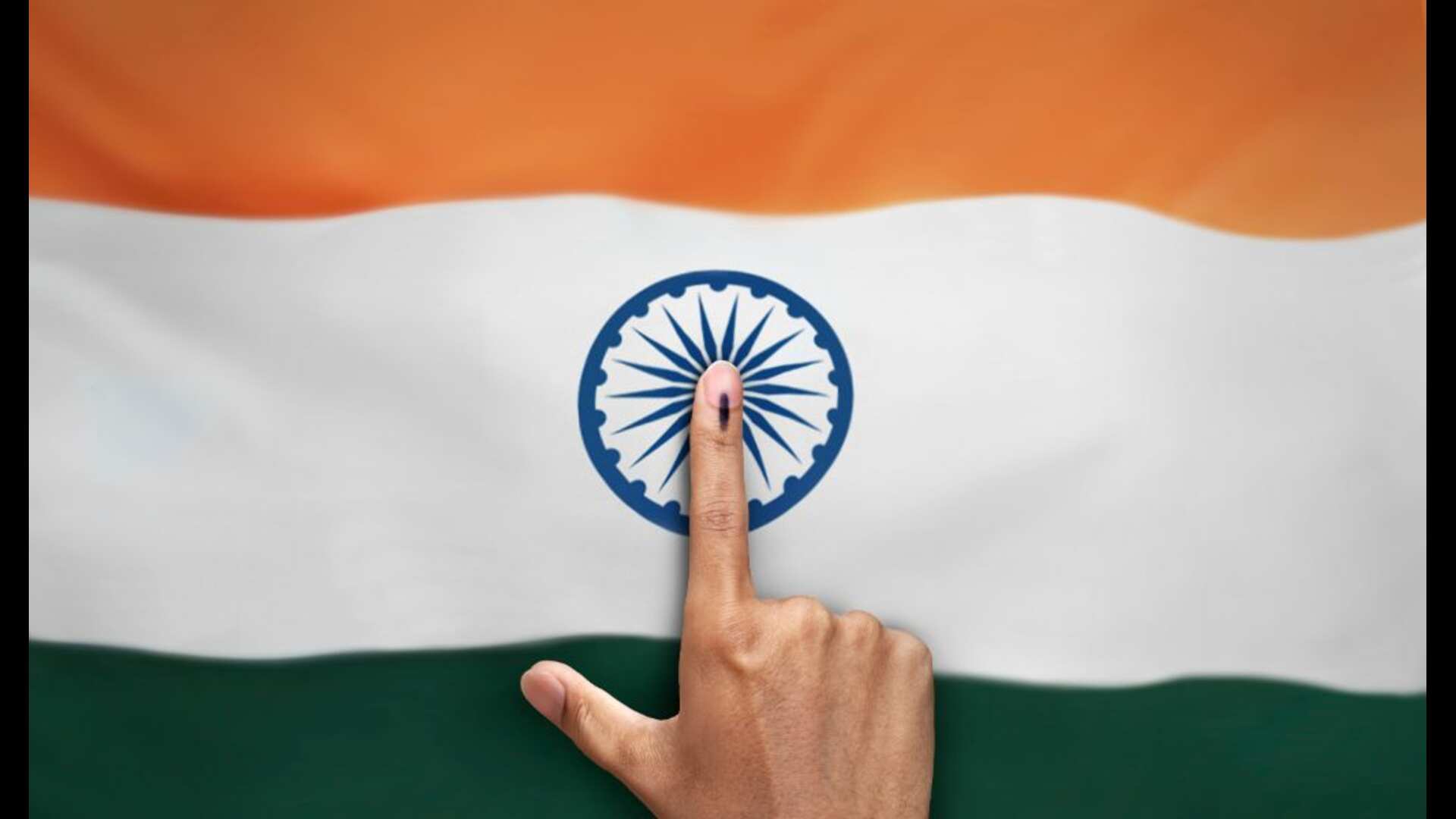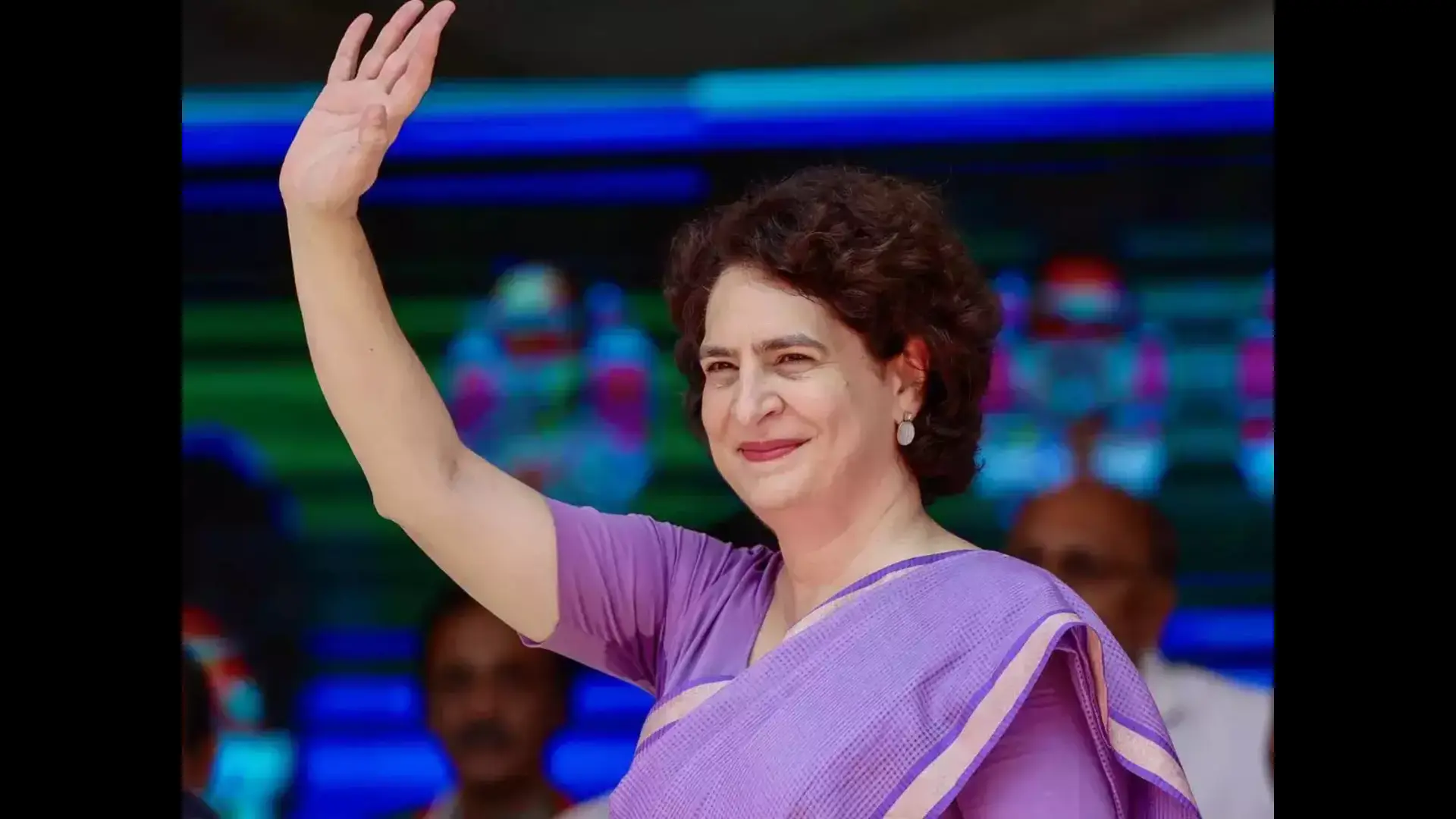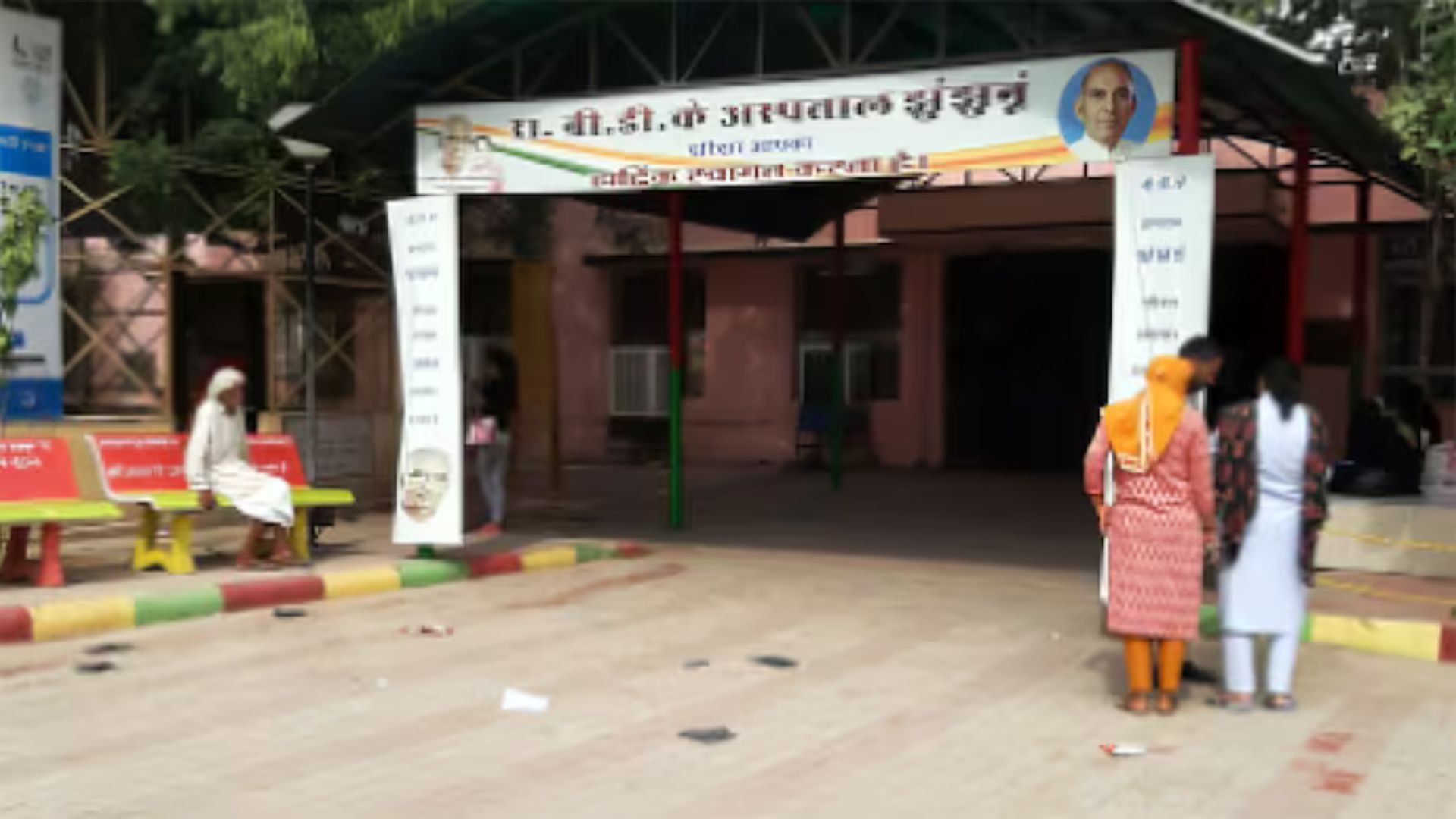
The scheme has witnessed large-scale allocation of foodgrains from the central government’s Food Corporation of India (FCI) pool to states. In phases I to V of the scheme, the Department of Food and Public Distribution (DFPD) allocated a total of 759 lakh Metric Tonnes (LMT) foodgrains to states and Union Territories (UTs) for distribution to around 80 crore NFSA beneficiaries.
However, of the 759 LMT foodgrains allocated to the states and UTs, a cumulative total of about 580 LMT of foodgrains was distributed to the beneficiaries in the first five phases. Cumulatively, a total of 1,003 LMT food grains have been allocated by the Centre in all six phases of which 824 LMT was distributed up till 31st July 2022. There is a clear gap between the foodgrains allocated by the Centre’s assessment of the public need and that which was effectively distributed and / or availed by the beneficiaries. The foodgrains are distributed free of cost and have entailed a fiscal bill upwards of Rs. 2.79 lakh crore in food subsidy till 31st July 2022 for the six phases.
States have recorded varying successes in the distribution of food grains. While Mizoram, Meghalaya, Arunachal Pradesh, and Sikkim were rated the best performing states in the first two phases of the scheme, Chhattisgarh, Tripura, Mizoram, Delhi, and West Bengal topped the list by the end of the third and the fourth phases. While some in the government claim that the scheme’s extension five times was proof in itself of its success, the COVID-19-induced loss of livelihood and income, accompanied by a drop in the country’s ranking in the Global Hunger Index (from 94 in 2020 to 101 in 2021), point towards the scheme’s inability to provide food security and support to the lowest income groups.
SOURCE: DNA INDIA















